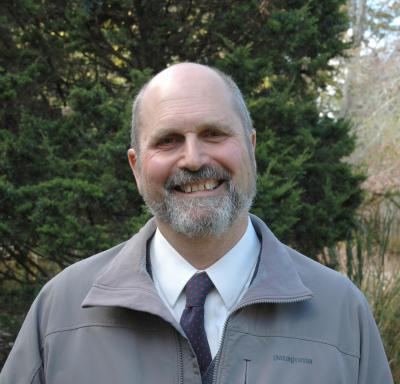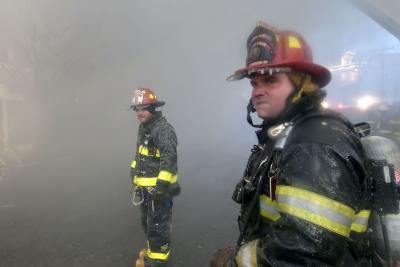Shakeup on the East Hampton Town Planning Board
Shakeup on the East Hampton Town Planning Board

Randall Parsons, a former Democratic East Hampton Town Councilman from 1980 through '87, was appointed this week to serve a seven-year term on the East Hampton Town Planning Board, through December 2023.
Mr. Parsons will replace Reed Jones, who had served as the board's chairman, and whose term has expired. He was appointed by former Town Supervisor Bill Wilkinson.
Mr. Parsons, who founded LandMarks, a land planning firm that he later sold, stepped down recently from a post at the Nature Conservancy in East Hampton. As a conservation finance and policy adviser, he had worked on land acquisition projects utilizing federal, state, county, town, village, and private dollars.
He "brings a wealth of planning experience," Town Supervisor Larry Cantwell said, in announcing his appointment.
Town Councilman Fred Overton voted against the pick, saying that he supported the reappointment of Mr. Jones, who, he said, has "done a great job over the years."
Mr. Cantwell agreed, but said that some believed it was time for a change.
"It's a great community and I'm happy to give back," Mr. Parsons said Tuesday.
Job Potter, also a former Democratic town councilman, and a current member of the planning board, was tapped to serve this year as that board's chairman, and was sworn in at the town board's 2017 organizational meeting on Tuesday.
Mr. Potter also chairs the town's business committee and its community housing and opportunity fund advisory board.
Nancy Keeshan was appointed as the planning board's vice chairwoman for this year.
In addition to the planning board appointments, Theresa Berger was reappointed to the zoning board of appeals, with a five-year term expiring at the end of 2021; John Whelan was reappointed as that board's chairman, and Cate Rogers as the vice chairwoman.








